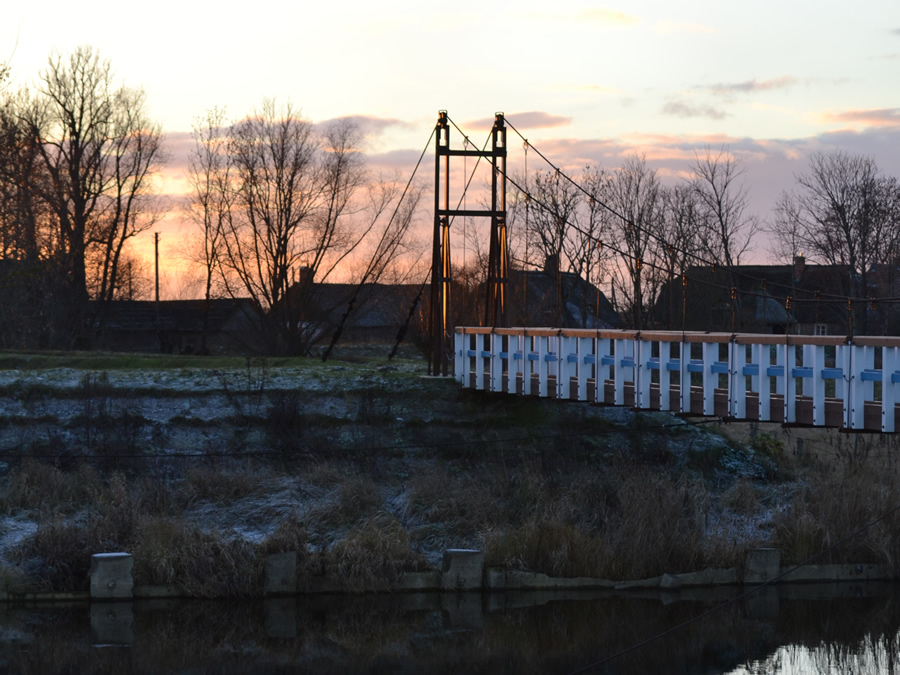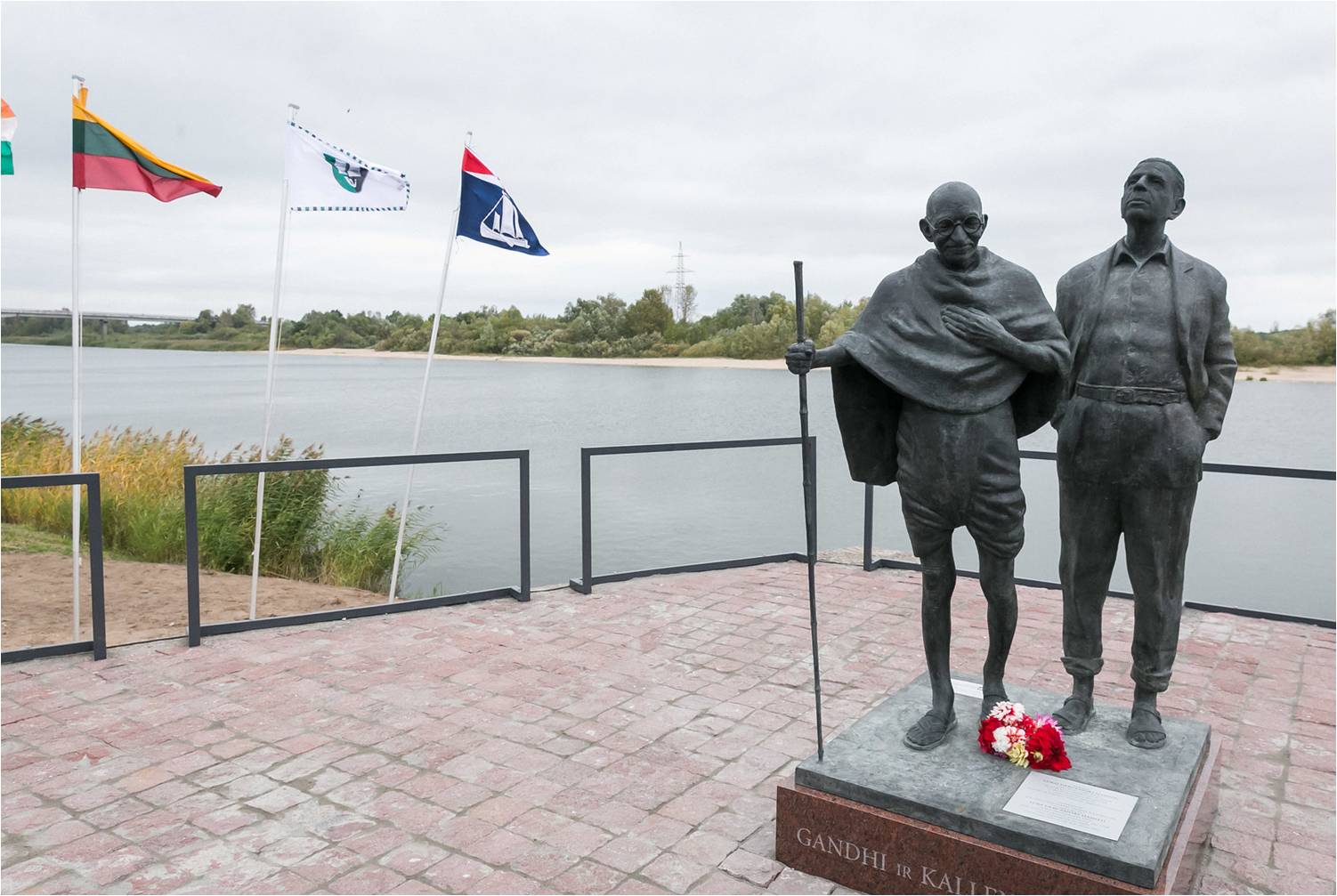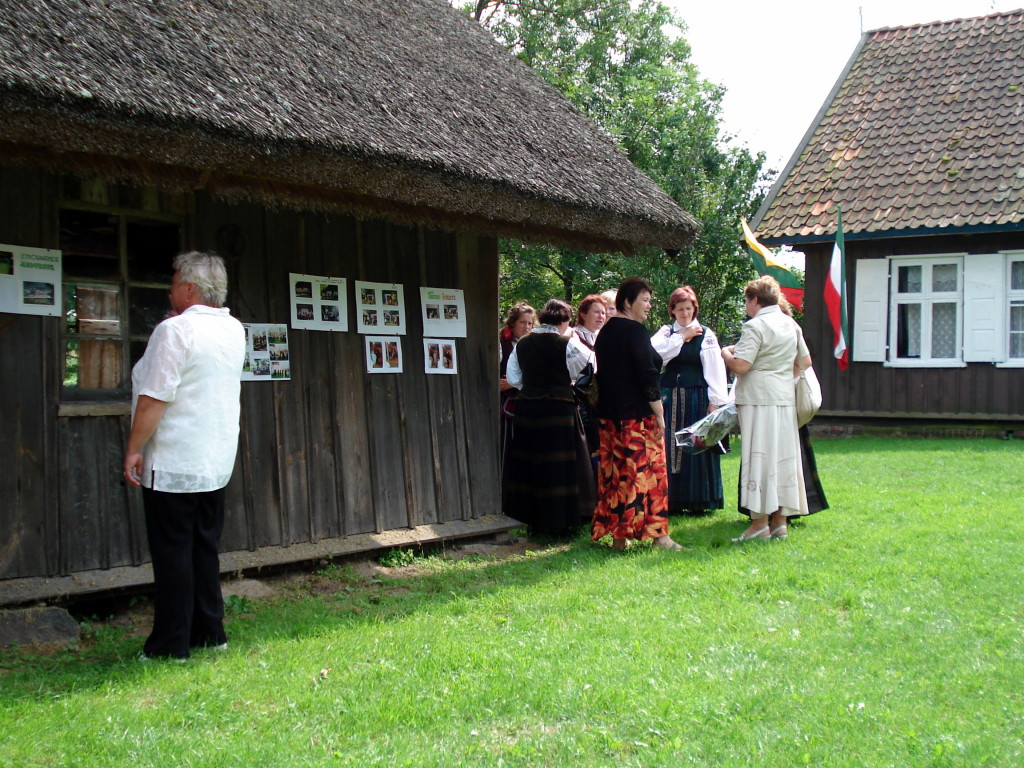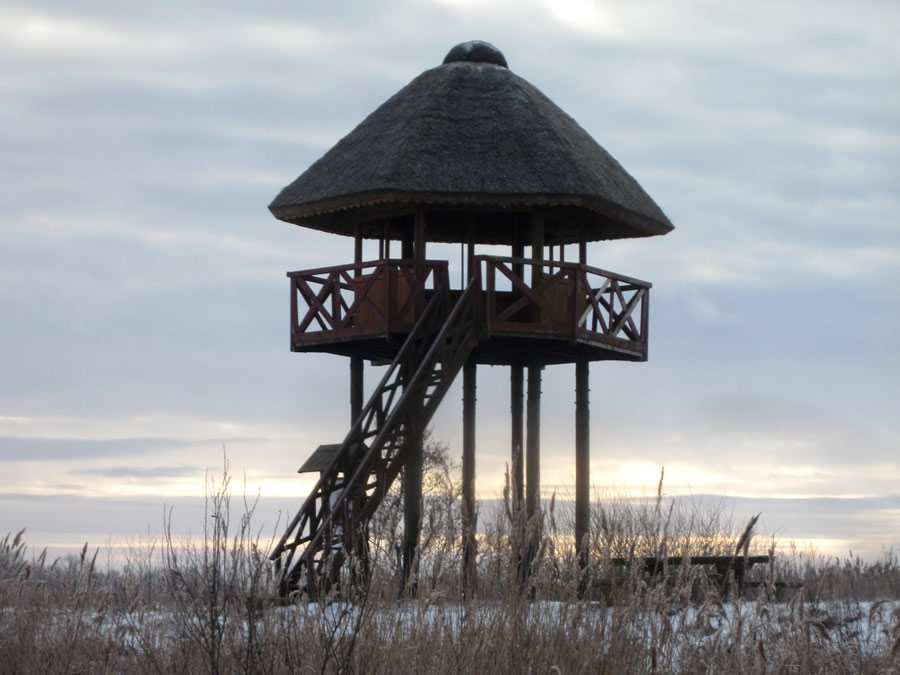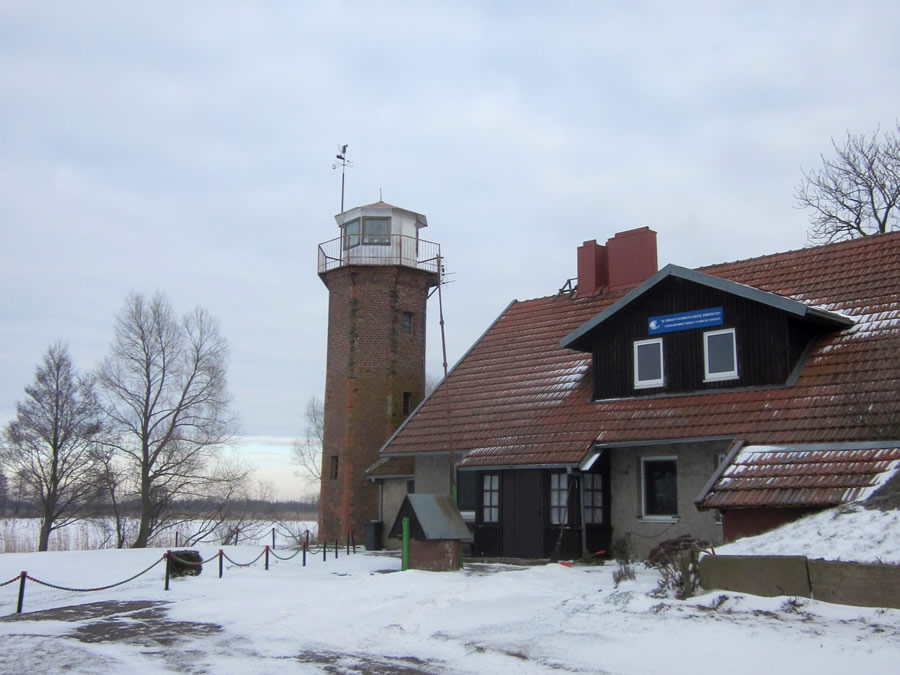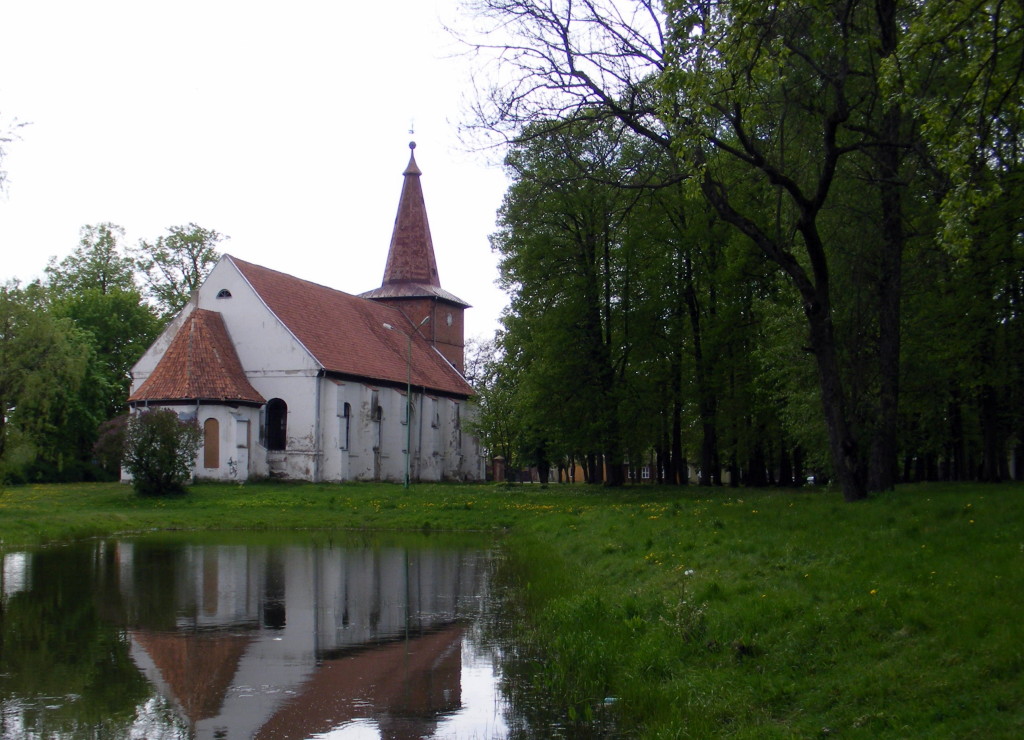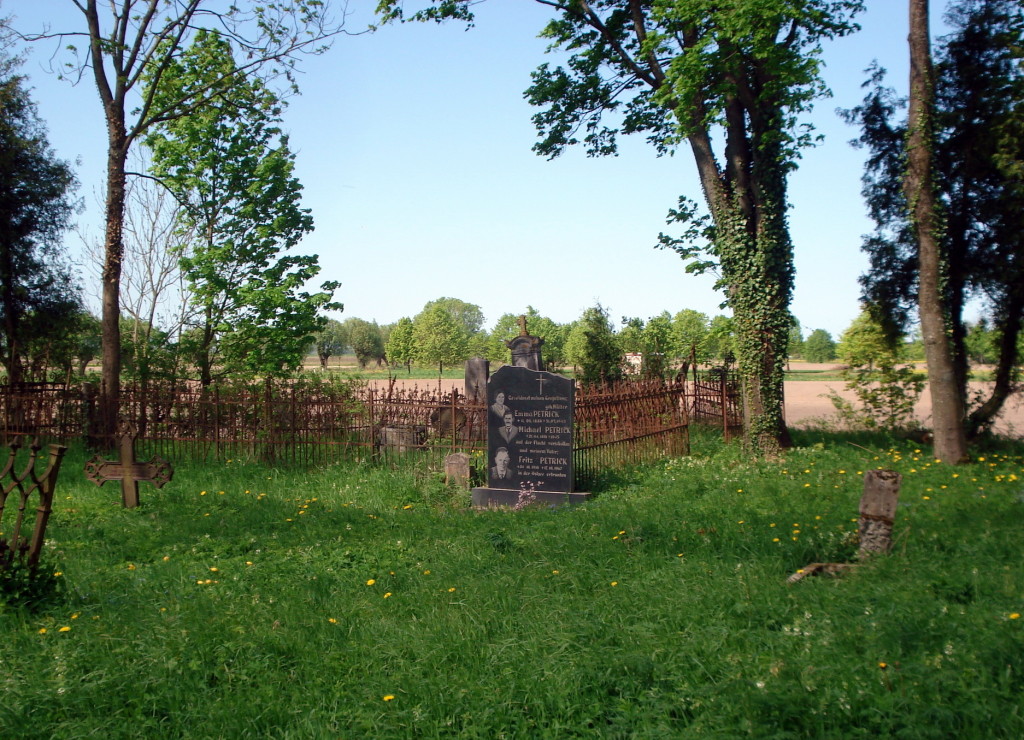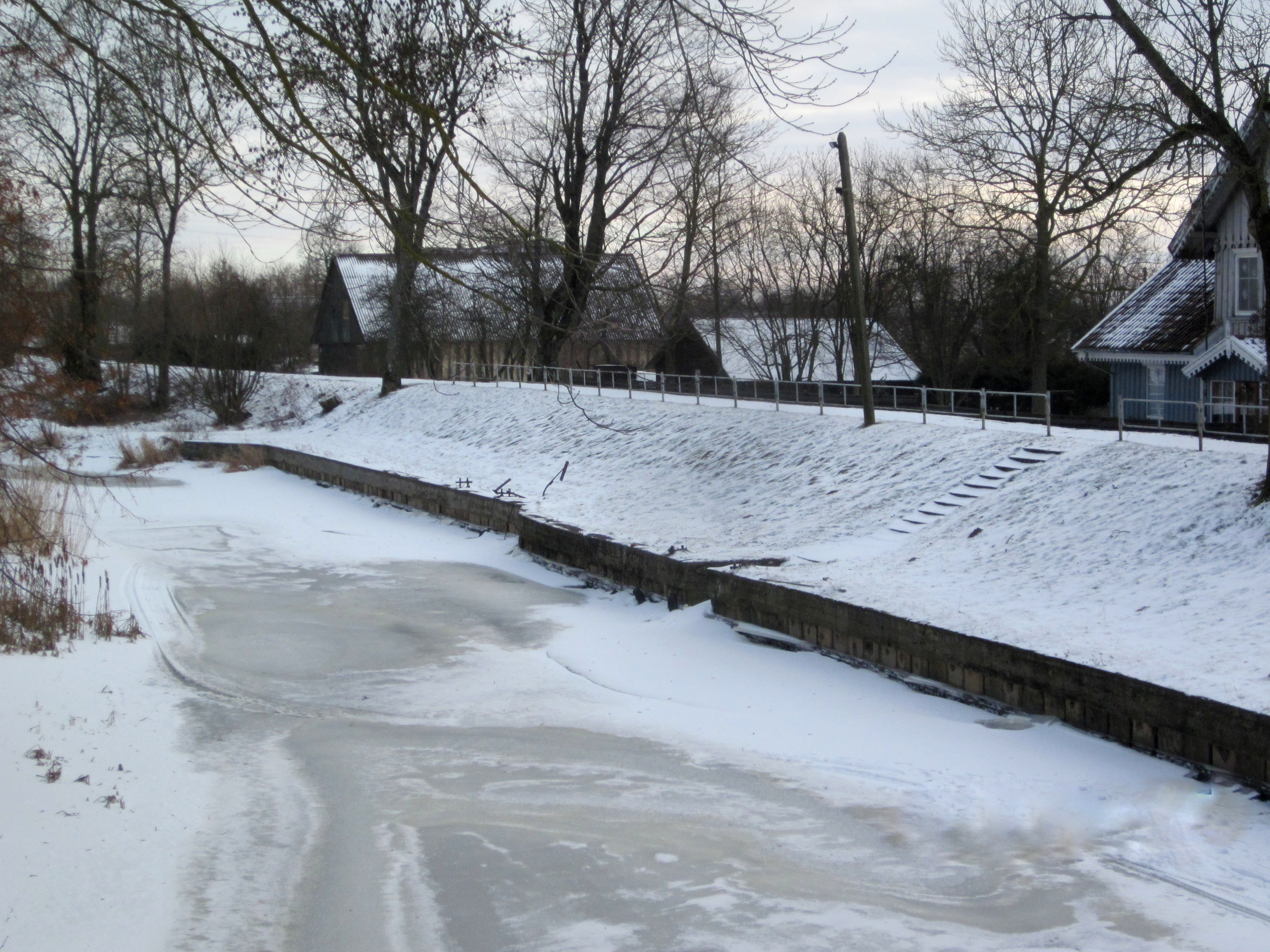City center
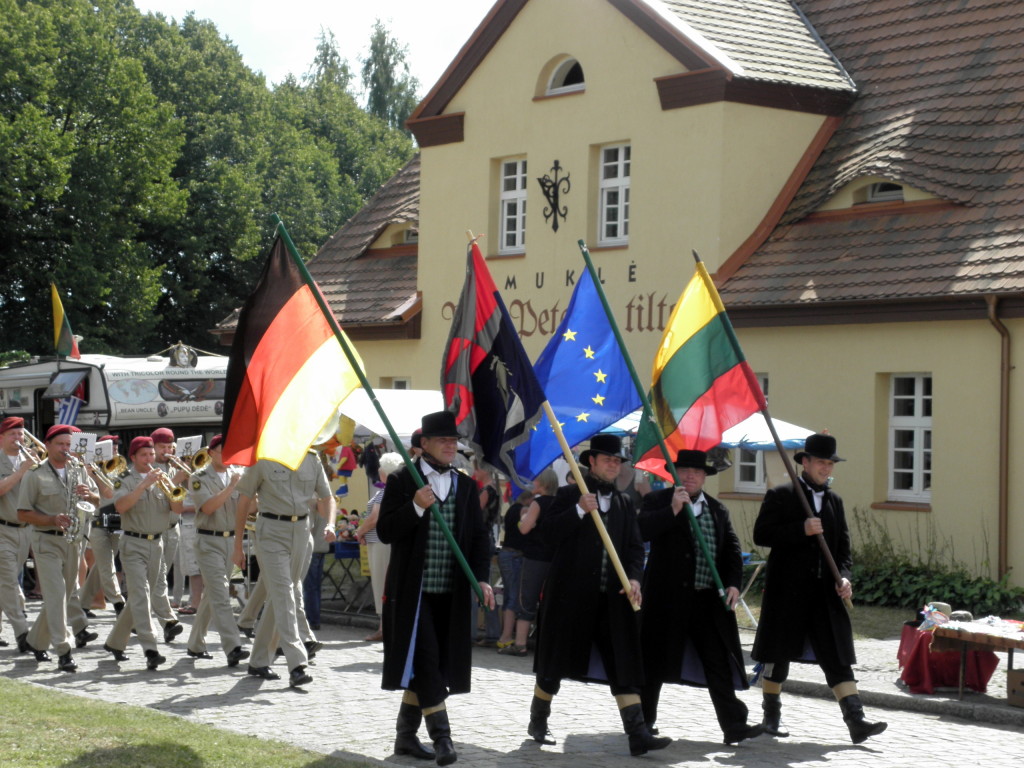
While stepping foot in the city center of Rusnė, one can see massive two-storey wooden house constructions built in the beginning of 20th century which invite for walk around the old streets. Historic houses which escaped from war and are renowned for their architecture can also be found in the old villages of the island: Šyškrantė, Pakalnė, Vorusnė, Uostadvaris. In the city center you can also see the post office of Rusnė, old special school buildings of Rusnė, a former rectory where a hospital used to be and an evangelical priest’s house that counts decades and dates back to the World War II.


